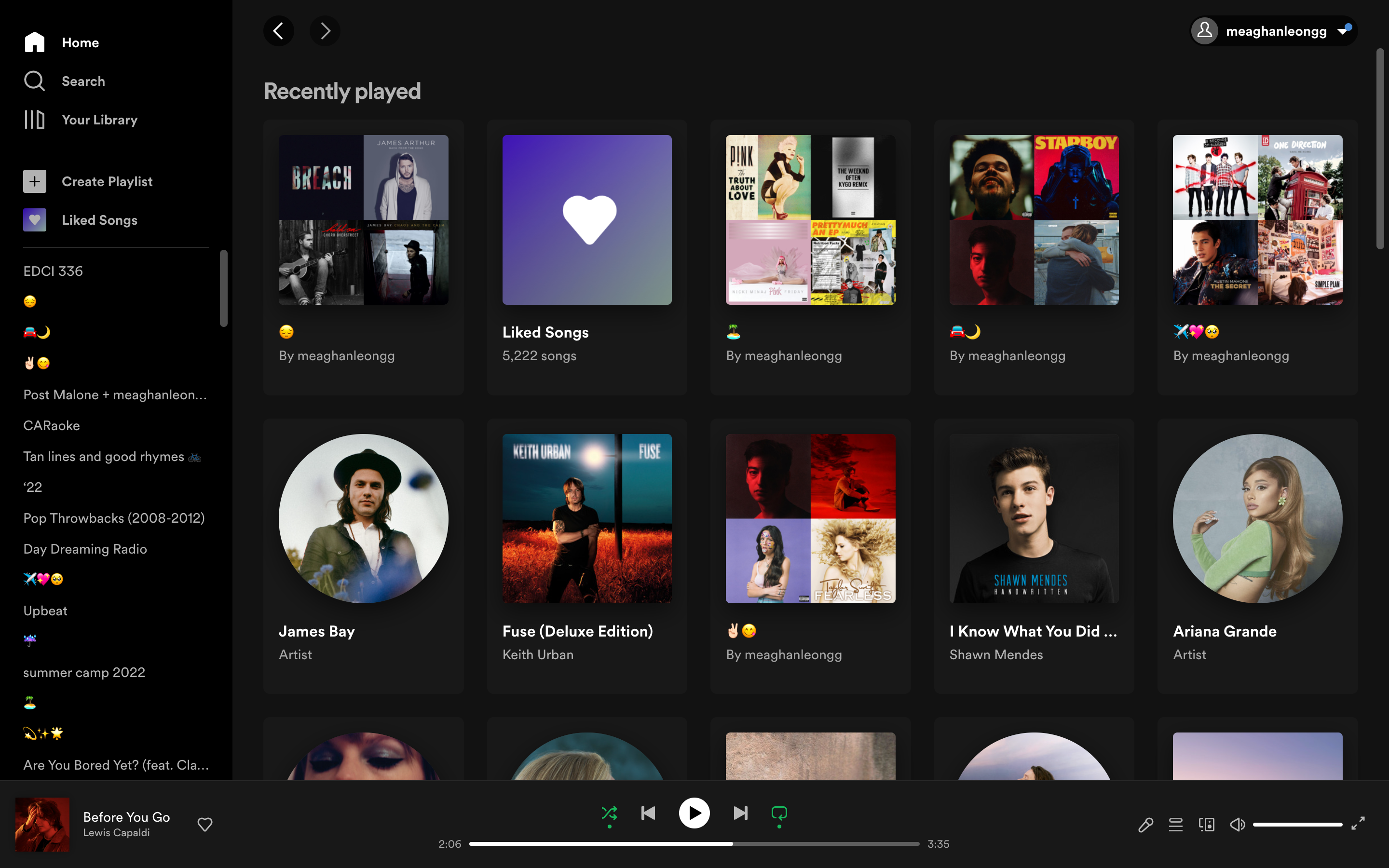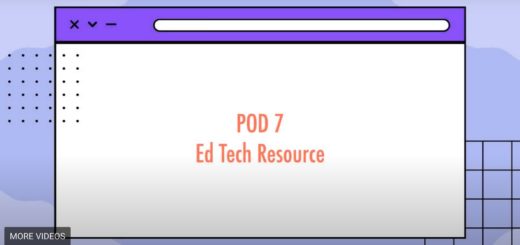How to Create a Spotify Playlist- Screencast Video

Today in class we made Screencast videos using the google chrome plug-in extension Screencastify. After creating my screencast, I made my video interactive by using HSP interactivity on wordpress. To be honest, I had difficulties figuring out how to use H5P. I think it could be useful for teachers to use these interactive tools for their students regardless of their age/grade level. For example, teachers could use it with kindergarteners by working with the entire class as a whole to solve the questions.
As a future educator, I can use video and audio editing to make my lessons more fun and engaging for my future students. I want to teach the primary grades and therefore I could make interactive videos to teach Spelling. I could have an engaging video full of pictures/animations, and spell out each word for kids. For example, I could be spelling out the word ‘cat’, and have a large colourful animation/drawing of a cat with a ‘meow’ sound and spell out the word in all caps, like this: C A T. Having spaces between the letters and having each letter jump out when spelling it aloud. Then I could use H5P to create a multiple choice question asking how to spell cat.
Multimedia Learning Theory can help us to create more effective instructional videos and tutorials because it teaches us how we need to have a good balance between both audio and visual representations. As Rich McCue mentioned in our last class, people remember more when both audio and visual channels are used. He also told us that we should be using imagery with narration, but to have animations as our imagery, and limited faces because faces are distracting to humans. I think this is so important to know as a future educator because when I provide my future students notes/videos/tutorials, I want to ensure they are effective and engaging. By knowing the Multimedia Learning Theory I can develop my teaching styles in the most effective way possible for my students to succeed.
A flipped Flipped Classroom is basically a classroom where students come prepared by reading the materials ahead of time, instead of the teacher giving lectures. This allows more class time to be interactive or do activities that require more attention/thinking. This is similar to what we do in university. I think a flipped Flipped Classroom is extremely beneficial, and I would use it in my future primary classrooms. For example, if I were to teach a kindergarten math class, I would have parents go over counting to 10 with them ahead of time, therefore we could do activities involving base 10 blocks and work on simple adding/subtracting; or in kindergarten terms, giving and taking away. If my students know the basics of counting to 10, I could ask questions such as “what number comes after 1”. This will allow me as a teacher to guide them to the next step of their thinking.


